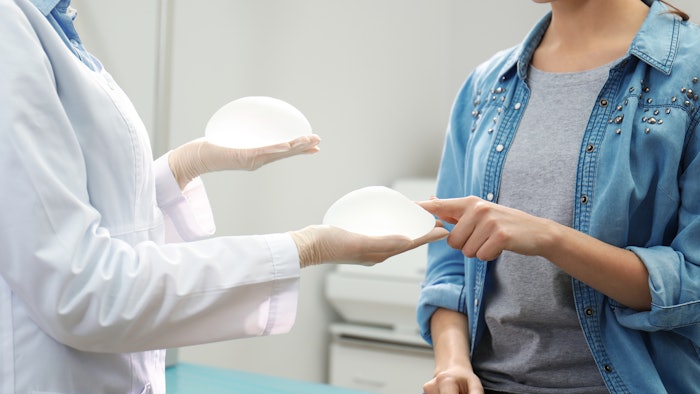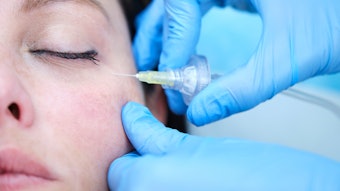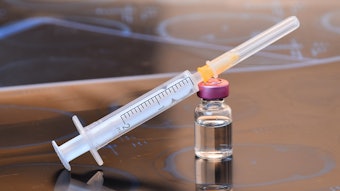
Researchers performed a retrospective review of medical records on women who underwent breast augmentation or implant exchange with microtextured anatomical implants to assess any indications of risk of rotation. The findings were published in the Journal of Plastic and Reconstructive Surgery (June 2021).
The retrospective study included 653 women who received breast augmentation or implant exchange with microtextured anatomical implants from 2012 to 2019 in a single, private clinic. The authors of the study focused on the outcomes of a subgroup of women with glandular ptosis and nipple placement below the inframammary fold who underwent breast augmentation with anatomical implants. They further analyzed the incidence and risk factors for implant rotation.
Related: Plastic Surgeon Releases Breast Augmentation Patient Guide
Of the 653 women, 529 underwent primary breast augmentation and 124 underwent implant exchange with anatomical implants. The median follow-up period was 2.7 years. The incidence of implant rotation was 14 (2.6%) in the primary augmentation group and four (3.2%) in the implant exchange group. Implant rotation was not associated with type of surgery (p =0.76), implant projection (p = 0.23) or implant height (p = 0.48). The authors successfully used anatomical implants to elevate the nipple in 92.9% of the women with glandular ptosis without using a mastopexy.
This study indicates that the rotation risk with microtextured implants is similar to that with macrotextured implants. The authors noted that high-projection anatomical implants can be used as an alternative to augmentation-mastopexy in women with glandular ptosis.











